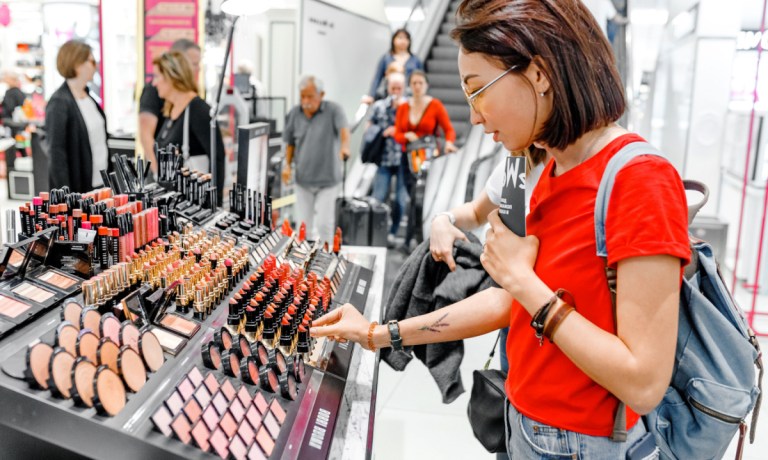Cash-Strapped Consumers Are Still Buying Small Indulgences

There is an economic theory that can be traced back to the Great Depression of the 1930s: the Lipstick Effect, which suggests that even in the toughest economic times, consumers will still spend money on small indulgences such as lipstick.
Today, after two years of persistent inflation, it seems that consumers are still proving that the theory could hold some weight in 2023 — at least, as far as retail subscriptions for beauty items are concerned.
‘Nice-to-Have’ Items Still in Demand Despite Tight Finances
According to PYMNTS Intelligence and LendingClub market research, health and beauty and clothing are the retail categories consumers splurge on the most. When household finances worsen and consumers struggle to make ends meet, splurging is often limited. However, this is not the case for beauty items, where consumers living paycheck-to-paycheck with issues paying bills are more likely to spend the most, as reported in PYMNTS Intelligence study.

For women, the top two “nice-to-have” items are things from health and beauty, and clothing, while men choose other items such as toys, video games, electronics or sporting goods. Beauty and wellness are the retail categories with the greatest gender gap.
Dividing the data based on consumers’ financial lifestyles, the study found that consumers not living paycheck-to-paycheck typically splurge more on retail products. However, the beauty and health category proves to be an exception to the rule, with consumers across all income groups continuing to spend in this area, with women driving the trend.

About the Numbers
“New Reality Check: The Paycheck-to-Paycheck Report: The Nonessential Spending Deep Dive Edition,” is a PYMNTS Intelligence research study in collaboration with LendingClub that examines consumers’ attitudes toward nonessential spending and how their behavior is impacted by financial lifestyle.